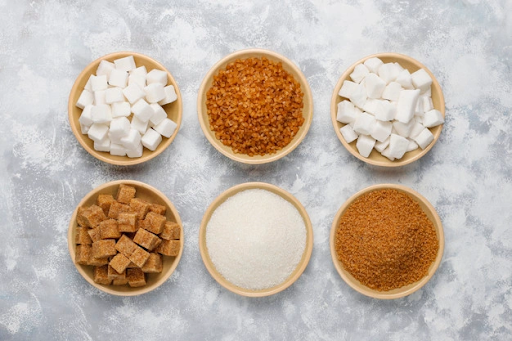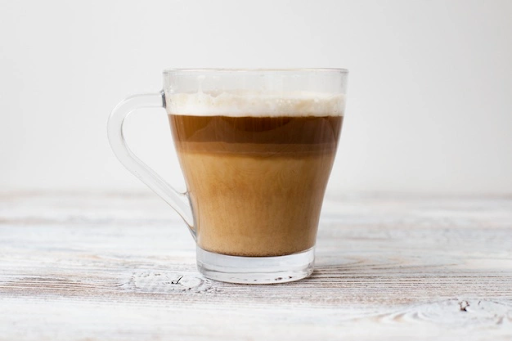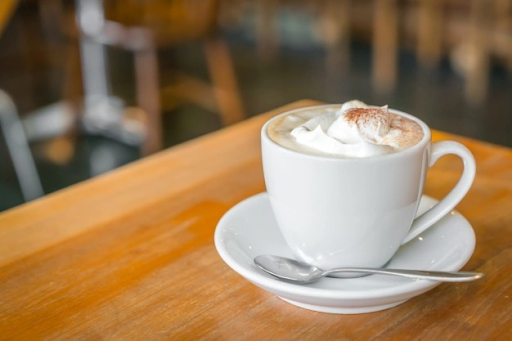Uncategorized
How To Cut Coffees Bitterness Without Using Sweetener
Not wanting to put sugar in your coffee is your decision to make. After all, not everyone can take the bitterness the coffee gives off.

I was a milk and “Sugar in the Raw” kind of person in my early years of drinking coffee. To make it acceptable, I had to use at least one packet, or at the very least, half a pack. While using Sweet ‘n Low and Splenda, I was always concerned about overdosing on sweetness while using them and the potentially harmful health repercussions of utilizing them. As a general rule, I didn’t enjoy the flavour.
There were no bowls of Cap’n Crunch or Twinkies to be found in my house when I was a child, so I was not too fond of Sugar in the Raw, even though it claimed to be unbleached and tropical. Then I found out that it’s not better for you than white sugar, and as a new natural sugar substitute rose to the top, I gave up on both.
Does anyone know Stevia, an artificial sweetener? Stevia originated from a Chrysanthemum family member and grew wild in Paraguay and Brazil. A decade of using it in my coffee has taken its toll on my taste buds. In addition, I was suffering from frequent headaches. A few weeks into a strict Stevia-free diet, I saw a marked improvement in my gastrointestinal issues. They did, of course.
If you are a coffee lover and enjoy every sip of coffee but don’t want a black coffee or don’t like it sweet, what do you do? Try other methods to get rid of the bitter taste without using sugar.
Add cream to neutralise the bitterness.
I was suspicious when my brother-in-law informed me that the lipids in half and a half and cream might help mitigate the bitter flavour of black coffee. Seriously, can amped-up milk replace the sugar in my coffee? Note: He wasn’t referring to coffee creamer, which can have up to 5 grams of sugar per serving in the form of processed, fancy-flavoured powders and liquids. He was alluding to heavy cream or half, which contains milk and cream in equal ratios.

He was correct, too. My experience with this method has been nothing but positive for the past few years, and I have no intention of going back. Black coffee’s tannic, acidic flavour is softened by my daily dose of half-and-half, which also adds a richness and nutritional value similar to butter.
Is heavy cream (and a half and half) bad for you?
Many diet fads have painted fats as the bad guys, although they serve many important functions in the body, such as constructing cell membranes and aiding in blood clotting.
On the other hand, healthy fats can help your body burn fat and keep you feeling full longer. Eating too much fat might indeed be bad for your health, but a little cream in your iced coffee has never done anyone any harm. Lactose is a sugar contained in the milk; cream, on the other hand, contains nearly no sugar. If you’re lactose-intolerant, use full-fat cream instead.
The bottom line
Sugar is no longer a welcome guest in my coffee’s peaceful, velvety flavour profile, nor am I missing it. (While visiting my father, I had to drink fat-free milk and sugar out of desperation and threw the entire cup away.) If you’re wary of table sugar and its substitutes, consider adding (or increasing) the amount of cream you use in your coffee.
If you don’t like the bitter compound the coffee gives off, try the method we’ve mentioned! Enjoy being an everyday coffee drinker without having to worry about the harmful effects sugar and any artificial sweetener may give you. Cream and milk go with anything, whether brewed coffee, dark roast coffee, cold brew coffee, or even instant coffee! Let the caffeine flow through your veins and keep you alive.

